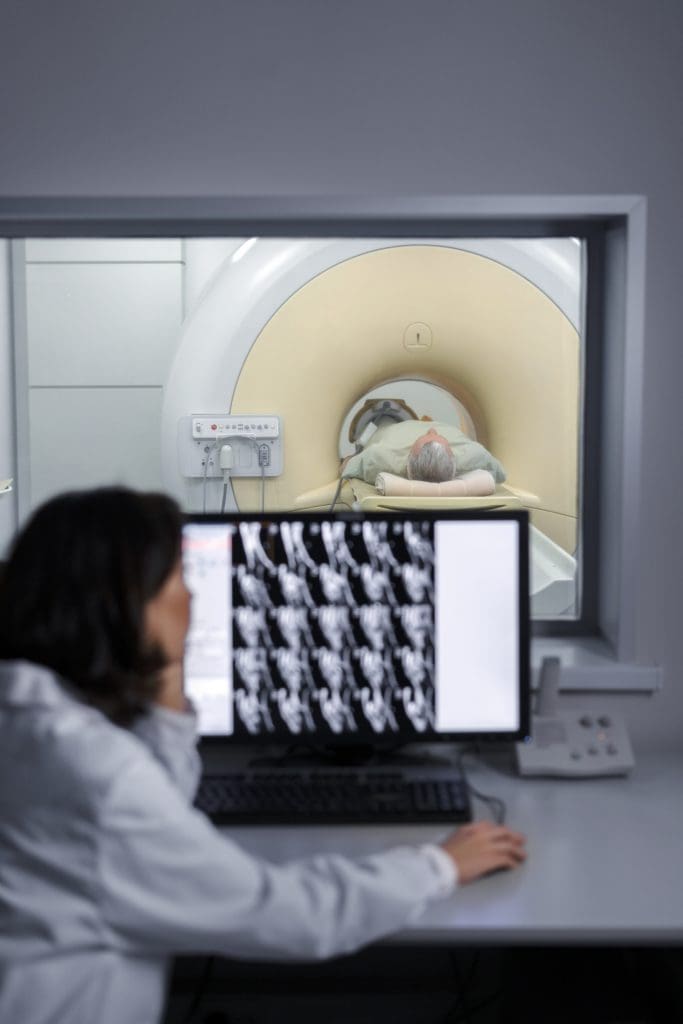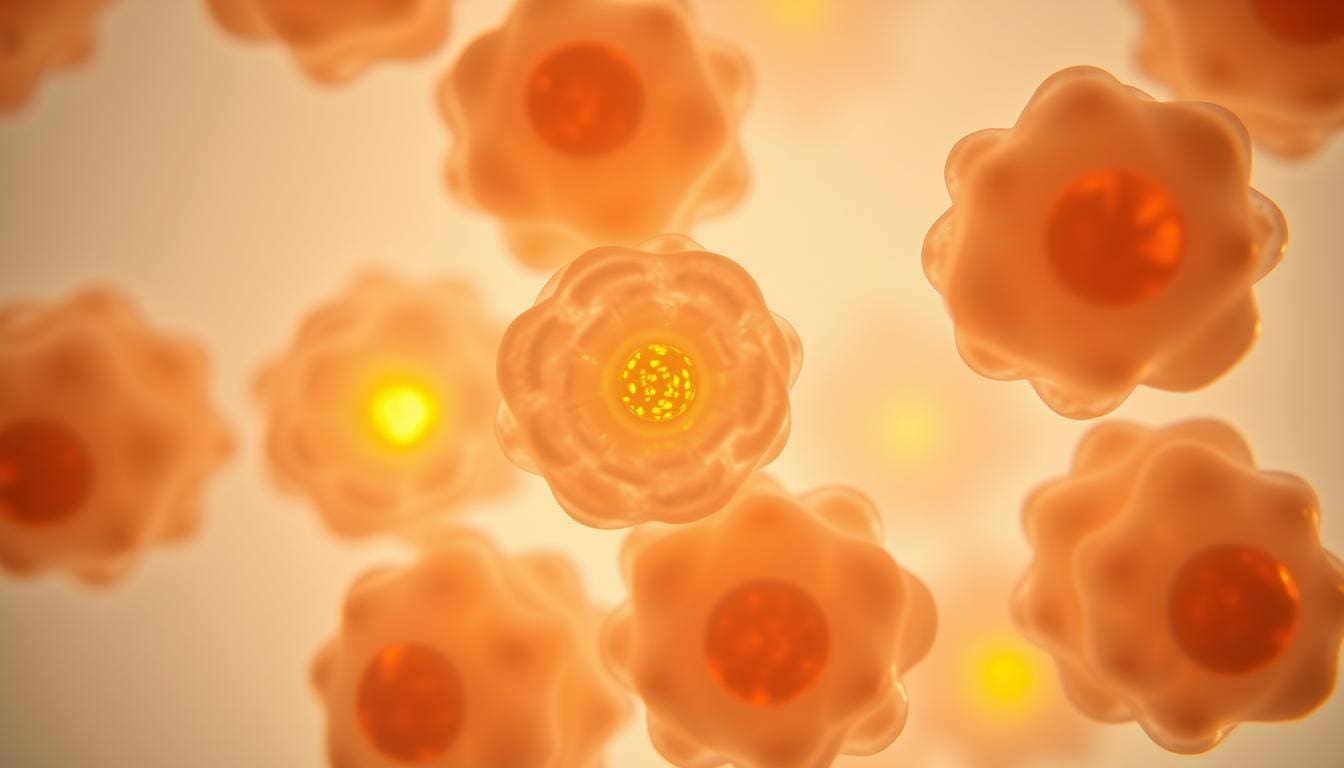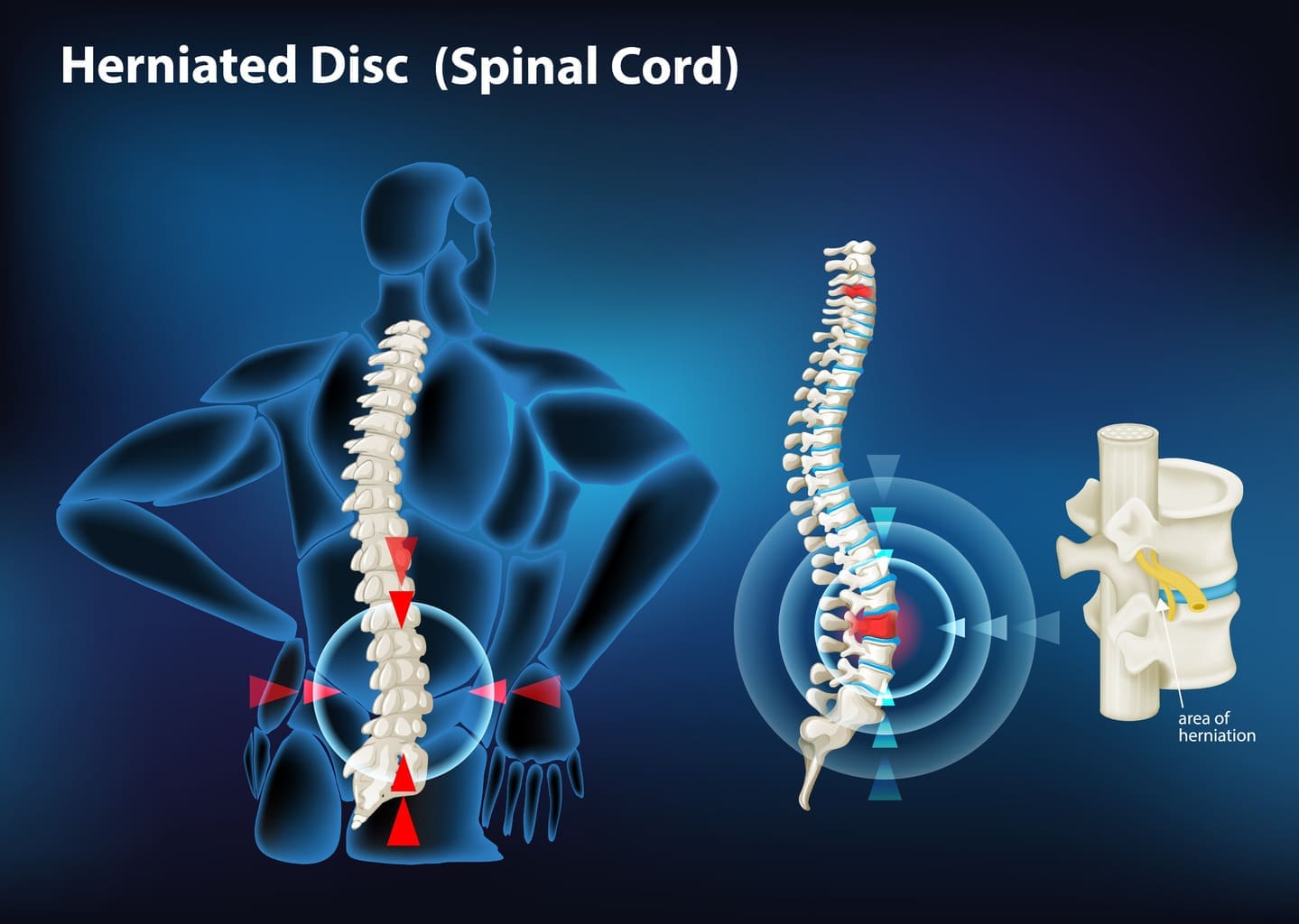Last Updated on November 26, 2025 by Bilal Hasdemir
Did you know over 2 million PET scans are done every year in the United States? It’s important to know about the duration and risks of PET scans for patients.
A PET scan procedure usually takes 30 to 60 minutes. But getting ready and recovering can take hours.
Patients should know about the risks and complications of PET scans. While they are mostly safe, there are some dangers to watch out for.
Key Takeaways
- PET scans are a common diagnostic tool used in the United States.
- The duration of a PET scan can vary but typically ranges from 30 to 60 minutes.
- Understanding the risks and complications is key for making informed choices.
- PET scans involve some risks, but they are generally safe.
- Preparation and recovery times are important to consider when scheduling a PET scan.

What is a PET Scan?
A PET scan, or Positron Emission Tomography, is a tool that shows how the body works. It helps find cancer and check the brain and heart. It’s a key tool in health care.
Definition and Basic Principles
PET scans use a tiny bit of radioactive tracer. This tracer goes to areas where cells are active, like cancer. The PET scanner picks up this radiation to make detailed images.
The basic principle behind PET scans is that they measure the metabolic activity of cells. This is different from other imaging tests that mainly show body parts. As a well-known radiologist, says,
“PET scans offer a unique window into the body’s cellular activity, allowing for early detection and monitoring of diseases.”
How PET Scans Differ from Other Imaging Tests
PET scans are different from CT scans or MRI. CT scans show body parts, but PET scans show how tissues work. This mix of information is key for accurate diagnosis and treatment.
Knowing how PET scans differ from other tests helps everyone make better choices in health care.
The Duration of a PET Scan Procedure
Patients often wonder how long a PET scan takes. The whole process usually lasts about 2 to 3 hours. This includes the scanning time of 30 minutes to an hour and some post-scan monitoring.
Actual Scanning Time
The scanning time for a PET scan is usually 30 minutes to an hour. During this time, you lie on a table that slides into a large, doughnut-shaped machine. The process is painless but you must stay very quiet to get clear images.
Several factors can affect the scanning time:
- The type of PET scan (whole body, brain, or cardiac)
- The specific protocols of the imaging facility
- Your ability to stay very quiet during the scan
Post-Scan Monitoring
After scanning, you’ll wait for the radiologist or medical staff to review the images. This post-scan monitoring can take 15 minutes to an hour. It depends on the scan’s complexity and the facility’s workflow.
You might wait in a recovery area or a waiting room. It’s important to follow any instructions, like drinking water to flush out the tracer.
To summarize:
- The total time for a PET scan, including preparation and post-scan monitoring, can range from 2 to 3 hours.
- The actual scanning time typically lasts between 30 minutes to an hour.
- Post-scan monitoring can add an additional 15 minutes to an hour.
Knowing how long a PET scan takes helps patients plan their day and feel less anxious. By understanding what to expect, patients can better prepare for the process.
Factors That Affect PET Scan Duration
Knowing what affects PET scan time is key for those getting ready. The scan’s length changes based on several important things.
Type of PET Scan
The scan type greatly affects how long it lasts. Each scan needs different times for setup and scanning.
- Whole Body PET Scans: These scans take longer because they cover the whole body.
- Brain PET Scans: Focused on the brain, these scans are generally shorter.
- Cardiac PET Scans: These scans are specialized to examine heart function and may have varying durations.
Facility and Equipment Considerations
The PET scan facility and their equipment also matter. Modern PET machines, like those with CT or MRI, can change the scan time.
| Equipment Type | Typical Scan Time | Notable Features |
| Traditional PET Scanner | 30-60 minutes | Basic PET imaging |
| PET/CT Combined | 20-40 minutes | Provides both PET and CT images |
| Open PET Scanner | 30-60 minutes | More comfortable for claustrophobic patients |
Understanding these factors helps patients prepare for their PET scan. They’ll know what to expect during the procedure.
PET Scan Side Effects: What to Expect
PET scan side effects can vary. Knowing what to expect helps manage them better. PET scans are usually safe, but some people might feel side effects from the tracer or the procedure.
Immediate Side Effects
Right after a PET scan, side effects are usually mild and short-lived. Some people might feel:
- Dizziness or lightheadedness
- Nausea or vomiting
- Allergic reactions to the tracer
- Discomfort or pain at the injection site
These effects usually go away quickly after the scan. But, tell your doctor if you have severe or lasting symptoms.
Managing Common Side Effects
Managing side effects involves preparation before and care after the scan. Drinking water helps get rid of the tracer faster. Your doctor can also give tips on handling side effects.
| Side Effect | Management Tip |
| Nausea or Vomiting | Stay hydrated, avoid heavy meals before the scan |
| Dizziness or Lightheadedness | Take your time getting up from the scanning table, have someone assist you |
| Allergic Reactions | Inform your healthcare provider about any allergies before the scan |
While rare, severe side effects can happen. If you have unusual or severe symptoms, get medical help right away.
Radiation Exposure in PET Scans
Many patients worry about the radiation in PET scans. This is a valid concern that needs to be looked into. PET scans use small amounts of radioactive tracers to help diagnose and monitor health conditions, like cancer.
Comparing PET Scan Radiation to Other Sources
The radiation from a PET scan is similar to other medical imaging. For example, a typical PET scan’s radiation dose is about the same as 3-7 years of natural background radiation. To understand this better, a chest X-ray has a lower dose than a PET scan. But, having many CT scans could have a dose as high or higher than a PET scan.
“The radiation from a PET scan is usually safe for most patients,” says a radiologist with over a decade of experience. “But, it’s important to think about the benefits and risks, mainly for younger patients or those needing many scans.”
Long-term Radiation Concerns
There are long-term risks with PET scan radiation, like a higher chance of cancer. But, the evidence is not clear, and the actual risk is likely small. The benefits of PET scans in diagnosing and managing serious conditions often outweigh the risks.
- The radiation dose from PET scans is kept as low as reasonably achievable to minimize risks.
- Patients with a history of multiple scans should discuss their cumulative radiation exposure with their healthcare provider.
- Advances in PET scan technology are continually improving, aiming to reduce radiation doses further.
It’s important for patients to follow their healthcare provider’s advice on PET scans and any future scans. This ensures the benefits of the diagnostic information gained are greater than the risks of radiation exposure.
PET Scan Preparation: What to Expect
Getting ready for a PET scan is important. You’ll need to change your diet and follow other steps. Your healthcare provider will give you all the details you need to know.
Days Before Your Scan
Before your PET scan, you might need to make some changes. These can include:
- Avoiding hard exercise to keep your body relaxed.
- Adjusting your diet for the scan.
- Telling your doctor about any medicines you’re taking.
The Day of Your Scan
On the day of your PET scan, remember a few things:
- Get there 15-30 minutes early to fill out paperwork.
- Wear comfy, loose clothes and no metal items.
- Bring all needed documents, like your doctor’s note and insurance info.
Dietary and Medication Restrictions
Following diet and medicine rules is key for your PET scan. Your doctor might tell you to:
- Not eat for a while before the scan.
- Stay away from sugary foods and drinks.
- Keep taking or stop certain medicines as your doctor says.
It’s very important to follow these steps. This helps make sure your PET scan results are accurate.
By following these pre-scan instructions, you help make your PET scan a success. This way, your healthcare team can make better decisions for your care.
The PET Scan Procedure Step by Step
For many, the PET scan can seem scary. But knowing what to expect can help a lot. The PET scan is a detailed test with several steps. Each step is important for getting accurate results and keeping the patient comfortable.
Arrival and Initial Preparation
When you arrive, a healthcare professional will help you get ready. You might change into a hospital gown, take off jewelry or metal, and use the restroom. It’s important to follow these steps carefully for a smooth scan.
Tracer Administration
Next, you’ll get a radioactive tracer through an IV. The tracer goes to areas with lots of activity, like growing cancer cells. After getting the tracer, you’ll wait for it to spread through your body.
The Scanning Process
When the tracer is ready, you’ll lie on a table that slides into the PET scanner. The scanner picks up signals from the tracer to make detailed images. It’s important to stay very quiet and not move during the scan.
The PET scan has several steps to ensure the best results. Here are some key parts:
- Preparation: You’ll get instructions on how to prepare, like what to eat and any medicine changes.
- Tracer Distribution Time: After getting the tracer, you’ll wait for it to reach the right areas in your body.
- Scanning: You’ll lie on a table that moves through the scanner. It captures the signals from the tracer.
Understanding the PET scan process can help you feel more ready. It can reduce your anxiety and make the experience smoother.
PET Scan and Cancer Detection
PET scans are key in fighting cancer. They help doctors find and track cancer better. This is because cancer cells use more energy than normal cells.
How PET Scans Identify Cancer Cells
Cancer cells eat more glucose than normal cells. PET scans use a special sugar, Fluorodeoxyglucose (FDG), to find these cells. This sugar lights up cancer cells during the scan.
“The use of PET scans in oncology has transformed the way we diagnose and manage cancer, providing valuable information on tumor metabolism and spread.”
First, the patient gets a dose of FDG. Then, cells all over the body soak up this sugar. Cancer cells take in more because they’re more active. The PET scanner picks up this difference, showing tumors.
Types of Cancer Commonly Detected
PET scans are great for spotting many cancers. They work well for:
- Lymphoma
- Lung cancer
- Breast cancer
- Colorectal cancer
- Melanoma
These cancers show up because they use a lot of energy. This is what the PET scan highlights.
Limitations in Cancer Detection
Even with their power, PET scans have some downsides. Some cancers don’t use a lot of energy and are harder to spot. Also, things like infections can make it look like cancer is there when it’s not.
| Limitation | Description |
| Low metabolic tumors | Some tumors may not be highly metabolic and may not be as detectable. |
| False positives | Inflammation or infection can cause increased FDG uptake, mimicking cancer. |
| Resolution limitations | Very small tumors may not be detectable due to the scanner’s resolution limits. |
Knowing these limits helps doctors understand PET scan results better. This is key for making good treatment plans.
Different Types of PET Scans and Their Durations
PET scans come in many types, each for different uses. They are key in medical tests, helping us understand the body’s functions and health.
Whole Body PET Scans
Whole body PET scans help find cancer and check the brain and heart. They scan the body from top to bottom. A whole body scan takes about 30 to 60 minutes.
You lie on a table that moves into the scanner. The scanner rotates around you to get detailed images. The whole process, including getting ready and scanning, can take hours. But the actual scan time is usually 30 minutes to an hour.
Brain PET Scans
Brain PET scans check for diseases like Alzheimer’s and Parkinson’s. They focus on the brain, showing how it works. A brain scan takes about 20 to 40 minutes.
Like whole body scans, brain scans use a similar method but only look at the brain. The time needed depends on the test and the technology used.
Cardiac PET Scans
Cardiac PET scans look at the heart’s health and find heart disease. They see how blood flows to the heart and find damaged areas. A cardiac scan takes 30 to 60 minutes.
These scans use a special tracer to show the heart’s activity. They give important info about the heart’s function and help manage heart disease.
In summary, PET scans have many types, each with its own time. Knowing this helps patients and doctors choose the right tests.
PET Scan Machines: What They Look Like
PET scan machines come in different shapes and sizes. They meet various patient needs and scanning goals. This variety is key for uses in oncology and neurology.
Traditional PET Scanners
Traditional PET scanners look like big doughnuts. They have a hole in the middle for the patient. These machines capture detailed images of the body’s metabolic activity.
Key Features: They offer high-resolution imaging. This helps spot small changes in metabolic activity.
Combined PET/CT Scanners
Combined PET/CT scanners mix PET and CT technology in one machine. They give both functional and anatomical details. This combo offers a deeper look into the body’s structures and how they work.
Benefits: They improve diagnostic accuracy. This is because they combine functional and anatomical imaging.
Open PET Scan Options
Open PET scan machines are made for comfort. They’re great for those who fear enclosed spaces or are bigger. These machines are more open than traditional ones, making patients feel less trapped.
Medical experts say, “Open PET scan machines are great for those who get anxious in tight places.”
“The open design of these PET scanners has significantly improved patient comfort during the scanning process.”
In summary, PET scan machines vary to fit different needs. Knowing about these options helps patients get ready for their PET scan.
Advantages and Disadvantages of PET Scans
It’s important to know the good and bad sides of PET scans. They are used in healthcare to help doctors diagnose and treat patients. Understanding their strengths and weaknesses helps in making the right choice for treatment.
Key Benefits of PET Imaging
PET scans have many key benefits. They show how active the body’s tissues are. This is very helpful in finding cancer because cancer cells use more energy than normal cells.
They also let doctors see how different parts of the body work. This is useful for checking the heart and brain. It helps in diagnosing and treating diseases like heart disease and some brain disorders.
Limitations and Drawbacks
Even with their benefits, PET scans have some limitations and drawbacks. One big concern is the radiation they use. While it’s usually safe, too much can be harmful, which is why they’re not for everyone.
They are also expensive, which can make them hard to get for some people. Not everyone has access to PET scans, which can be a problem in some areas.
When PET Scans Are Most Valuable
PET scans are most useful in certain situations. They are great for checking cancer, seeing how well treatments are working, and finding cancer that has come back. In heart disease, they help figure out if the heart can be saved.
In brain diseases like Alzheimer’s, PET scans help doctors understand the condition better. Using a PET scan should be a careful decision based on what’s best for the patient.
Getting Your PET Scan Results
Understanding your PET scan results is key to moving forward in your health care. After the scan, your doctor will look at the images and data. They will figure out what they mean for you.
Typical Timeframe for Results
How long it takes to get your PET scan results varies. It usually takes a few hours to a few days. Sometimes, you might get early results, but the full report can take longer.
Several things can affect how long it takes:
- The scan’s complexity
- The radiology department’s workload
- If more images or consultations are needed
Understanding Your PET Scan Images
PET scan images are complex and need a doctor’s eye to understand. Your doctor will tell you what they see. They will point out any areas of concern or oddities.
Important things to know about your PET scan images include:
| Aspect | Description |
| Uptake Areas | Places where the tracer builds up, showing high activity. |
| Abnormalities | Any odd patterns or irregularities that need more checking. |
| Comparative Analysis | Comparing with past scans to see changes or progress. |
Follow-up Steps After Results
After getting your results, your doctor will talk about what they mean. They will also tell you what to do next. This could be more tests, a treatment plan, or regular check-ups.
Some possible next steps:
- More tests to get more info.
- Creating a treatment plan for you.
- Setting up follow-up visits to keep an eye on your health.
Post-PET Scan Precautions
Knowing what to do after a PET scan can make the recovery period easier. There are specific steps to follow to avoid risks and ensure a quick recovery.
Radioactivity Concerns After the Scan
The PET scan uses a small amount of radioactive tracer. Even though it’s a tiny amount, it’s important to think about radiation exposure to others.
Here are some key points to consider:
- Drink plenty of fluids to help flush out the radioactive tracer from your body.
- Avoid close contact with pregnant women, children, and individuals who may be sensitive to radiation for a few hours after the scan.
Activities to Avoid
There are certain activities you should avoid for a short time after your PET scan. This is to prevent radiation exposure to others.
| Activity | Duration to Avoid |
| Close contact with pregnant women and children | 4-6 hours |
| Using public transportation | 2-4 hours |
| Sharing food or drinks | 4 hours |
When to Seek Medical Attention
While serious problems from a PET scan are rare, it’s important to know when to get help.
Seek immediate medical attention if you experience:
- Severe allergic reactions
- Difficulty breathing
- Significant pain or swelling at the injection site
Conclusion
A PET scan is a high-tech tool that helps doctors understand how our bodies work. It can take anywhere from 30 minutes to several hours. This depends on the type of scan and the equipment used.
Knowing what to expect during a PET scan is important. This includes how to prepare, what happens during the scan, and any possible side effects. Being informed can help reduce stress and make the experience smoother.
PET scans are key in finding and managing cancer. They are mostly safe but it’s important to think about radiation and side effects. This is why understanding PET scans is so vital.
This summary helps patients know what to expect from a PET scan. It covers how long it takes and any possible side effects. This knowledge can make patients feel more ready and confident during the procedure.
https://my.clevelandclinic.org/health/diagnostics/10123-pet-scan
FAQ
What is a PET scan, and how does it work?
A PET scan is a test that uses a special tracer to see inside the body. It injects a small amount of radioactive material. This material is then absorbed by cells.
The PET scanner picks up the radiation from the tracer. It creates detailed images of the body’s internal structures.
How long does a PET scan typically take?
A PET scan can take anywhere from 30 minutes to several hours. This depends on the type of scan and the equipment used. The whole process, including preparation and monitoring, can take 2-4 hours.
What are the possible side effects of a PET scan?
Side effects of PET scans include anxiety and discomfort from lying down. Some people might have allergic reactions to the tracer. Others might feel tired or nauseous due to radiation exposure.
How much radiation is used in a PET scan, and is it safe?
PET scans use a small amount of radiation. The risks are generally low. But, the amount of radiation can vary based on the scan type and equipment.
How do I prepare for a PET scan?
To prepare for a PET scan, you might need to follow a special diet. You should avoid certain medications. Arrive early to complete paperwork. Your healthcare provider will give you detailed instructions.
Can PET scans detect cancer, and what types can they detect?
Yes, PET scans can detect cancer. They can find lymphoma, lung, breast, and prostate cancer. They work by detecting the metabolic activity of cancer cells.
What are the different types of PET scans, and how long do they take?
There are various PET scans, like whole-body, brain, and cardiac scans. Whole-body scans usually take 30-60 minutes. Brain and cardiac scans might be shorter.
What should I expect during the PET scan procedure?
During the scan, you’ll lie on a table that slides into the scanner. The scanner detects the radiation from the tracer. You might need to hold your breath or stay very quiet.
How long does it take to get the results of a PET scan?
Getting PET scan results can take 1-3 days. This is because it takes time to interpret the images and write a report.
What precautions should I take after a PET scan?
After a PET scan, avoid close contact with pregnant women and children. The tracer can be emitted from your body. Follow any instructions from your healthcare provider.
Are PET scans reliable for cancer detection?
PET scans are useful for finding cancer. But, their reliability depends on the cancer type, disease stage, and equipment used. Your healthcare provider will consider these factors when interpreting the results.
Can PET scans cause cancer or other long-term health problems?
The radiation from a PET scan is low. The risks are usually less than the scan’s benefits. But, there’s a small chance of long-term health effects, like cancer.






